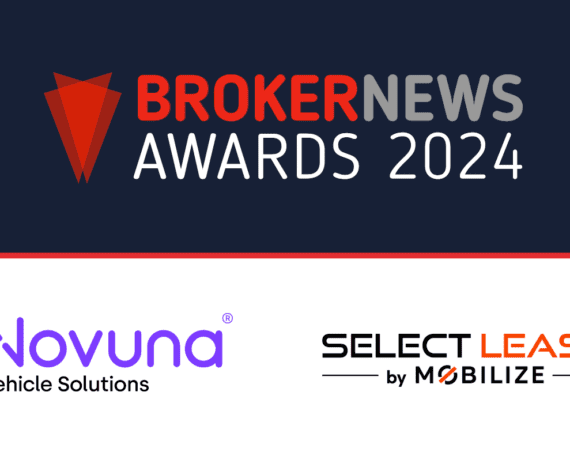LEASING brokers are in an ideal position to help fleet managers move to an electric future. It follows research by broker funder Alphabet that showed 25% of all fleet decision makers needed assistance to make the electrification move.
Key points of the findings were:
- More than a third of fleet decision makers still see cost as the main barrier to going electric, with one in five highlighting charging infrastructure as a concern
- Over half of fleet managers still haven’t made any changes to their driver policy for electric vehicles (EVs) and plug-in hybrid vehicles (PHEVs), despite many saying they plan to
- For company car fleets of 11-20 vehicles, this rises even higher to 65%
- Alphabet has produced an EV Etiquette guide to help fleets and drivers navigate to the new technology.
The Alphabet research found that just a quarter of fleet managers were extremely confident in their knowledge of fleet electrification year on year, marking a 19% increase since 2020. A further 59% said their confidence in the subject was starting to build.
Despite this growing understanding, many fleet decision makers still said they had concerns about acquiring electrified business vehicles, with cost (32%), charging infrastructure (22%) and driver reluctance (27%) as the main barriers to switch to EVs and PHEVs.
“Only 1 in 4 fleet decision makers are extremely confident in their knowledge of fleet electrification”
This lack of confidence in fleet electrification knowledge is reflected in the fact that more than half of fleet decision makers (52%) had yet to make any updates to incorporate electrification into their company driver policies. For fleets of fewer than 47 vehicles, this went up to 63%. More surprisingly, even bigger fleets with in excess of 200 vehicles, only two in five fleet managers had updated the company car policy to reflect electrification requirements.
With figures such as this, leasing brokers have a perfect opportunity to display their knowledge of the market as well as an opportunity to offer fleet management services.
Alphabet says it has seen a 248% increase in pure electric vehicle orders year-to-date delivered through a variety of channels, including Alphabet Partners, and a 174% rise in sales for plug-in hybrid vehicles during the same period.
The knowledge gap in the industry combined with an influx of new fleet EV and PHEV drivers means drivers may not be receiving the guidance they require. To help this transition into electric vehicle etiquette and support fleet managers that are still building their own fleet electrification knowledge, we have created the ‘EV Etiquette guide’ to help new drivers navigate the rules of electric.
Richard Chadwick, head of partner, Alphabet
Key points of the EV Etiquette guide
- Make it part of your routine – plan the charging of your vehicle as you would any other part of your journey, so you’re never caught short
- Don’t outstay your welcome – move your vehicle as soon as possible once charged to give others the opportunity to charge up. Setting an alarm can serve as a useful prompt
- Communicate your needs – if there are no charge points available, leave a note on a fellow driver’s windshield asking them to plug in your vehicle when they’ve finished. You can also leave a note to let others know when they can take over a charge point
- Too fast too furious – ensure you use a charger that accommodates your charging needs. Some vehicles can’t receive the higher levels of powers available from newer charge points, so always double check before plugging in
- Be considerate – properly replace the connector and wind the cord neatly, to remove trip hazards for other drivers and prevent damage being done to the charge point
- Keep cool when being ICEd – a charge point blocked by an Internal Combustion Engine vehicle, is known as being ICEd and prevents access to charging. Always be polite when asking them to move their vehicle
David Rose, head of product, Alphabet added:
“It’s been great to see the demand for electrified vehicles increase at such a rapid pace this last year and demonstrates a change in mindset is taking place in both the industry and with consumers.
“However, this research shows there’s still work to do in the industry to support fleet managers in moving their electrification strategies forwards and overcoming potential barriers, such as driver reluctance, which more than a quarter of decision makers highlighted as a concern. It is crucial that the correct guidance and advice is therefore provided for drivers, so they feel part of the journey throughout the transition. Helping drivers understand the basics of charging etiquette can be a great starting point for them to feel more comfortable about changing ICE habits and embracing electric, so more and more businesses can take advantage of the technology.”

Automotive and fleet writer for Broker News



